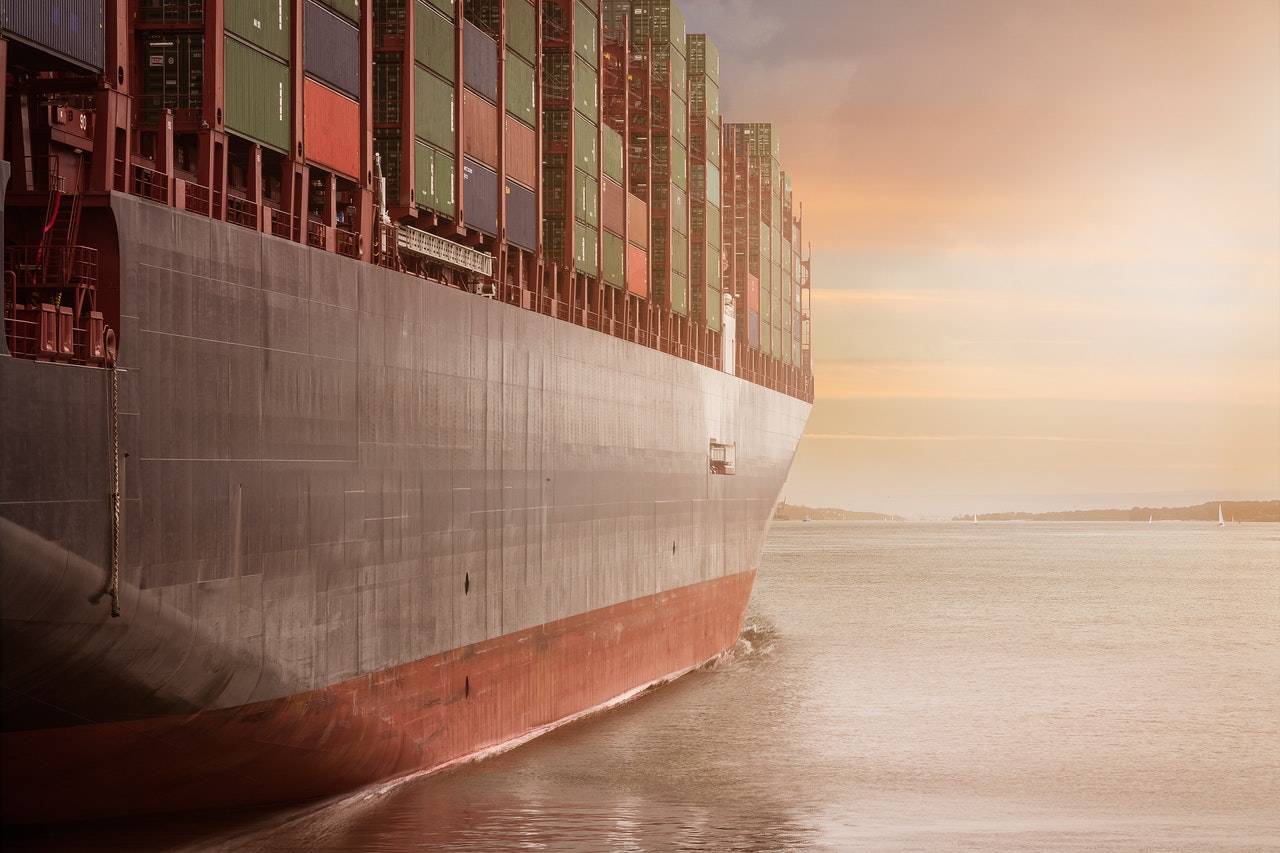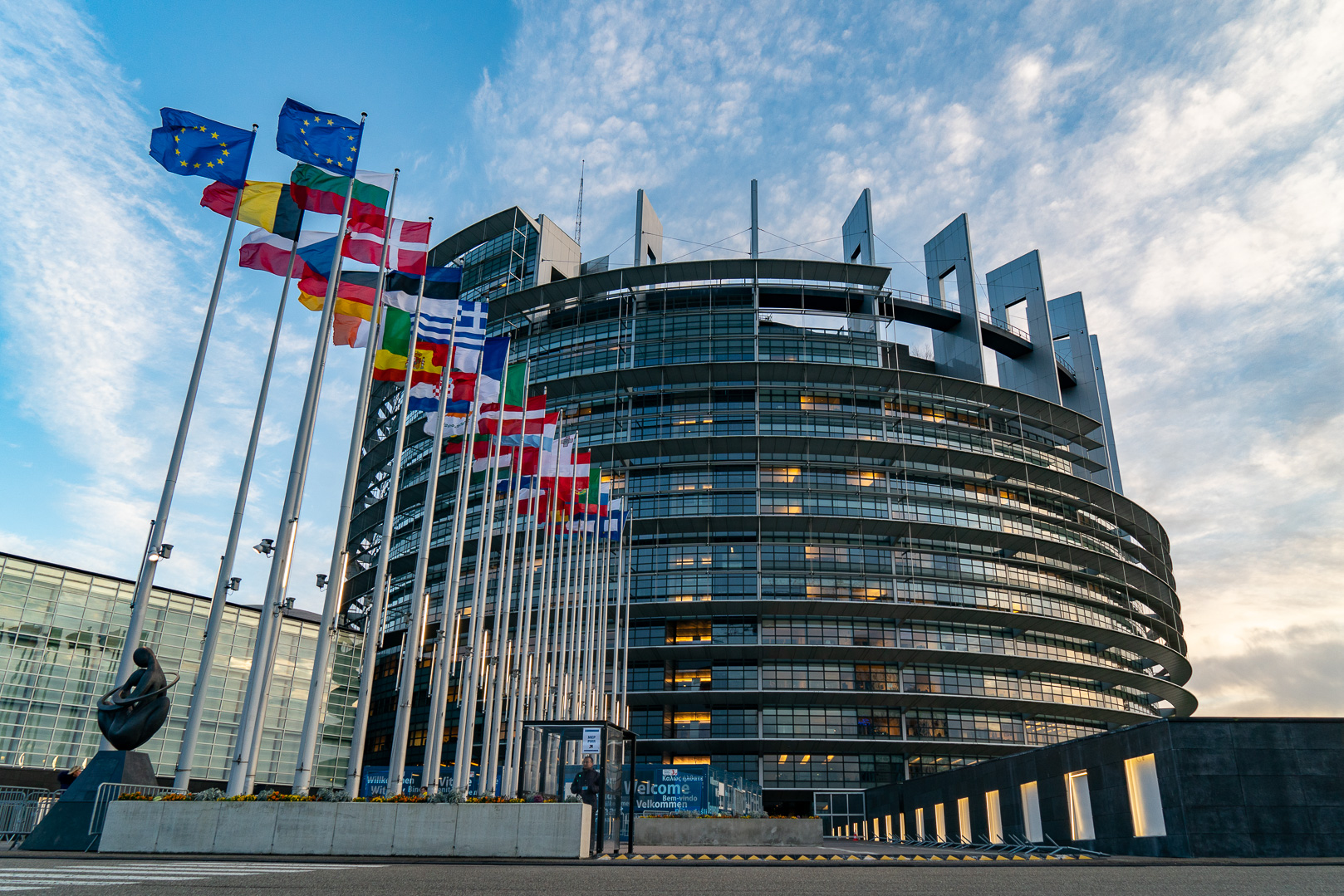In 2021, extra-EU trade saw a strong recovery from the drops in exports and imports registered in 2020 due to the impact of the coronavirus pandemic.
During the year, imports increased by 23 per cent and exports by 13 per cent, according to new data from the EU statistics agency, Eurostat.
Looking at the last decade, the export growth rate peaked in 2011 (+13 per cent) and remained positive until 2016 when it dropped (-0.5 per cent), being followed by a seven per cent recovery in 2017.
The export growth rate stayed positive in the next two years but decreased sharply in 2020 (minus nine per cent) in the context of the COVID-19 pandemic.
The import growth rate also peaked in 2011 (+13 per cent), followed by small fluctuations between 2012 and 2015, before growing significantly in 2017 (+11 per cent) and 2018 (plus eight per cent), and closing the decade with a sharp decrease (-12 per cent) in 2020.
In 2021, the EU trade in goods balance registered a surplus of €68 billion, the lowest surplus since 2011, when the trade balance recorded a €42 billion deficit.
This development was driven, in particular, by a steep rise in the value of energy imports towards the end of 2021, with increasing trade deficits being recorded in November and December.
After 2011, the trade balance recorded a continuous surplus, peaking at €264 billion in 2016.
The surplus decreased in 2017 (€222 billion) and 2018 (€148 billion), then increased again in 2019 (€191 billion) and 2020 (€216 billion).
Data show that the EU’s internal market takes centre stage in the Member States’ trade of goods, although the proportion of intra-EU and extra-EU flows in total trade in goods varied considerably across the EU Member States, reflecting, to some degree, historical ties and geographical location.
Among the EU Member States, the highest shares of intra-EU trade in 2021 for both imports and exports were recorded in Luxembourg (89 per cent and 81 per cent, respectively).
In contrast, Ireland was the EU Member State with the lowest shares of intra-EU trade for both imports and exports (38 per cent for both), which is not surprising as its first trade partner is the United Kingdom.
In 2021, the Netherlands was importing a large share of goods from third countries and exporting them within the EU. In contrast, Cyprus imported a large share of goods from the EU Member States, while the largest share was exported outside the EU.
Event tourism is the standout travel trend for 2026 – How will Malta fare?
The global tourism market is booming, and events are leading the way
EU Parliament agrees on common system to calculate corporations’ taxable income
The reform is designed to replace today’s patchwork of national tax rule
60,000 people have three times as much as poorest half of humanity – report
The third edition of the World Inequality Report 2026 shows inequality is made by design






